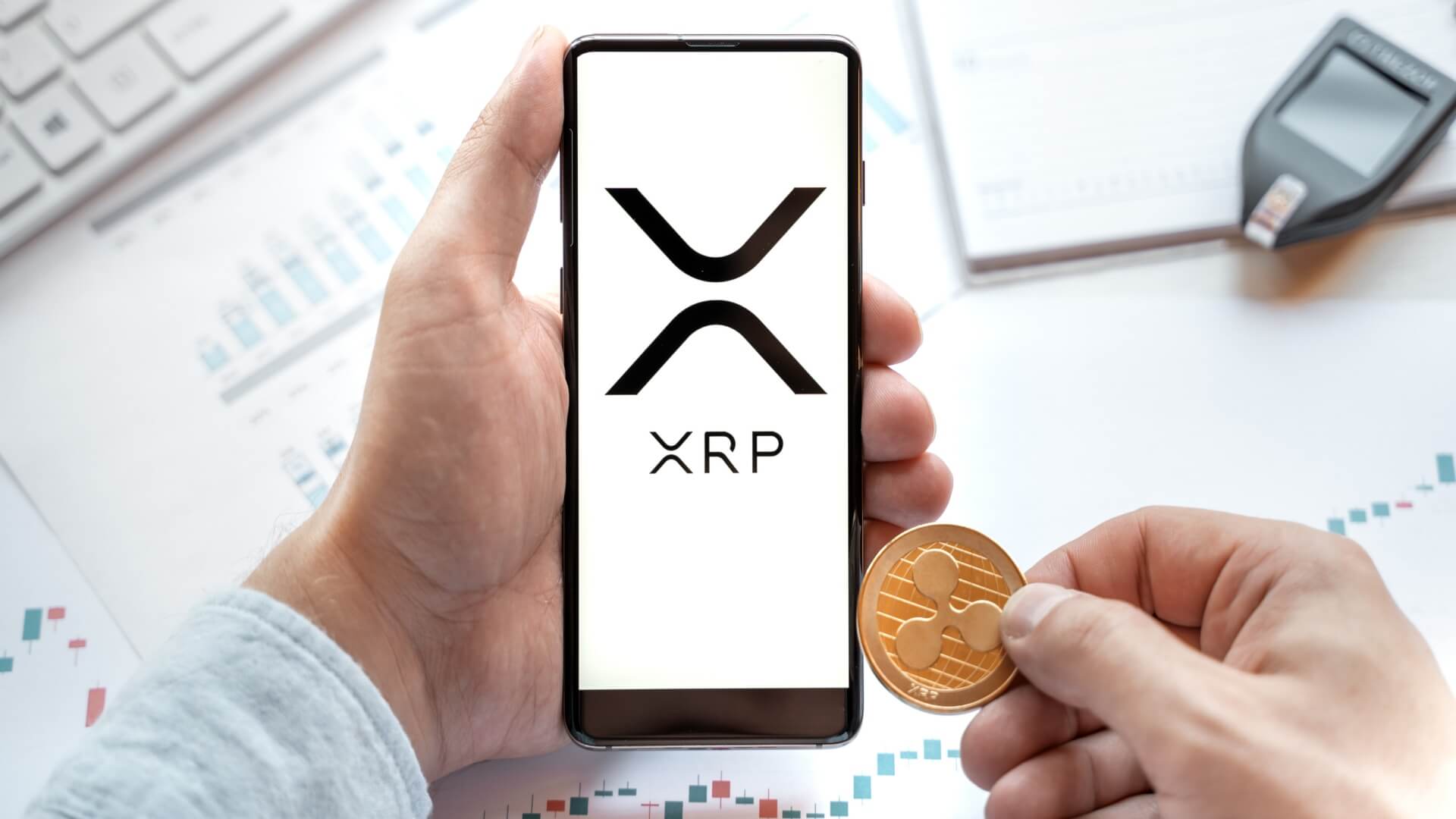Bitcoin, the first cryptocurrency, was conceived and designed as an alternative payment system. Other coins that followed in its wake upheld the same principles, with the lofty aim of dethroning traditional currencies and paving the way for a new financial future.
Things haven’t gotten that far yet. While cryptocurrencies have changed the face of the financial world, they’ve got a long way to go if they want to replace fiat currencies. Progress, while slow, is undeniable, with the recent news that the Mexico Central Bank is set to adopt Ripple, delivering another boost for the industry. Read this guide to find out more about what’s happened and how it has affected the XRP price.
News From Mexico
News moves fast in the crypto world. It’s an ever-changing and rapidly evolving sector, and sometimes it can be hard to keep up with the latest updates and developments. However, occasionally a news story breaks that has everyone sitting up and paying attention, and the recent news from Mexico certainly did that.
According to reports, the Mexico Central Bank is planning to adopt a Ripple blockchain solution. Specifically, the bank is looking to integrate xRapid, which is a service Ripple offers that utilises Ripple’s native cryptocurrency, XRP, as a bridge asset.
What do we mean by a bridge asset? To put it simply, a bridge asset can be used to allow for easier and more cost-effective transactions between different currencies. In the case of the Mexico Central Bank, the xRapid solution will be used to streamline transactions made using Mexican pesos and US dollars.
According to the bank, adopting xRapid will offer a number of benefits. It will reduce the cost of conducting cross-border transactions by as much as 70%, and payments will be processed in less than two minutes, significantly faster than traditional means which can sometimes take up to five days.
How Has This Affected the XRP Price?
Much like any other cryptocurrency, the value of XRP can be influenced by a number of internal and external factors. While negative news can send markets tumbling, positive news can see prices skyrocket.
The news from Mexico Central Bank certainly falls into this latter category. The asset’s price has jumped by just under 1% over the past 24 hours and 1.86% over the past five days, leaving it sitting at a price of $0.49.
This will have further encouraged XRP investors, as the asset was already performing well, with growth of 46.10% since the start of the year. Investors who have backed XRP will now feel even more confident that they made the correct decision.
What Does This Mean for the Future of XRP?
As we mentioned earlier, cryptocurrencies were designed to replace traditional payment systems. However, they haven’t quite achieved this goal, and many cryptocurrencies still struggle to maintain and convey a positive image to potential users.
What the Mexico Central Bank’s Ripple integration will do is act as a show of faith. If you are a business looking to adopt a cryptocurrency or blockchain technology, it can be easy to feel unsure. However, if you see a major company like a bank utilising Ripple, it will ease concerns and encourage you to explore that asset for yourself.
Mainstream integration is the ultimate goal of cryptocurrencies. Being adopted by the Mexico Central Bank will move XRP one step closer to realising this objective and becoming a widely used and accepted means of payment.
Will This Have Wider Implications for the Crypto Industry?
The news from Mexico won’t just benefit Ripple, it will also have wider positive implications for the entire crypto industry.
As we mentioned earlier, many cryptocurrencies have something of an image problem. Some people perceive crypto as untrustworthy and unreliable, or even as an outright scam. The sector has been fighting hard to change this perception, but it can be difficult to do without support.
Integration with major brands and businesses, banks especially, will be of enormous help. If everyday users see that banks are perfectly happy to work with cryptocurrencies and related technology, this will reassure them and make them more likely to explore the use of crypto themselves in the future.
What this means is that we could see an increase in the use of crypto to pay for everyday goods and services, and even more people getting involved in crypto trading and investing. This will give the industry a real boost, both in terms of finances and reputation, the latter of which has suffered due to recent scandals like the collapse of FTX.
We’ve already seen major banks partner with Ripple, including Santander and Bank of America. This clearly demonstrates how highly regarded the asset is and is why it is being tipped as a future industry leader.
Conclusion
Mexico Central Bank’s adoption of Ripple tech is a big deal. It has given the asset a real boost and will likely encourage other businesses to integrate the technology. Additionally, it will serve as a show of faith for the wider crypto industry and should help propel it to new heights. If XRP continues on this path and secures more deals with financial institutions, it could soon be contending with Bitcoin for the top spot.
This information is of a general nature only and should not be regarded as specific to any particular situation. This should not be taken as financial advice to buy, trade, or sell cryptocurrency or use any specific exchange. This is not intended for use as investment, financial or legal advice as each individual’s need will vary.
Binance Australia is not affiliated, associated, endorsed by, or in any way officially connected with any individual or organisations mentioned in the article. Binance Australia is not liable for any loss caused, whether due to negligence or otherwise arising from the use of, or reliance on, the information provided directly or indirectly by use of this newsletter and expressly disclaims any and all liability for any loss or damage you may suffer.
























